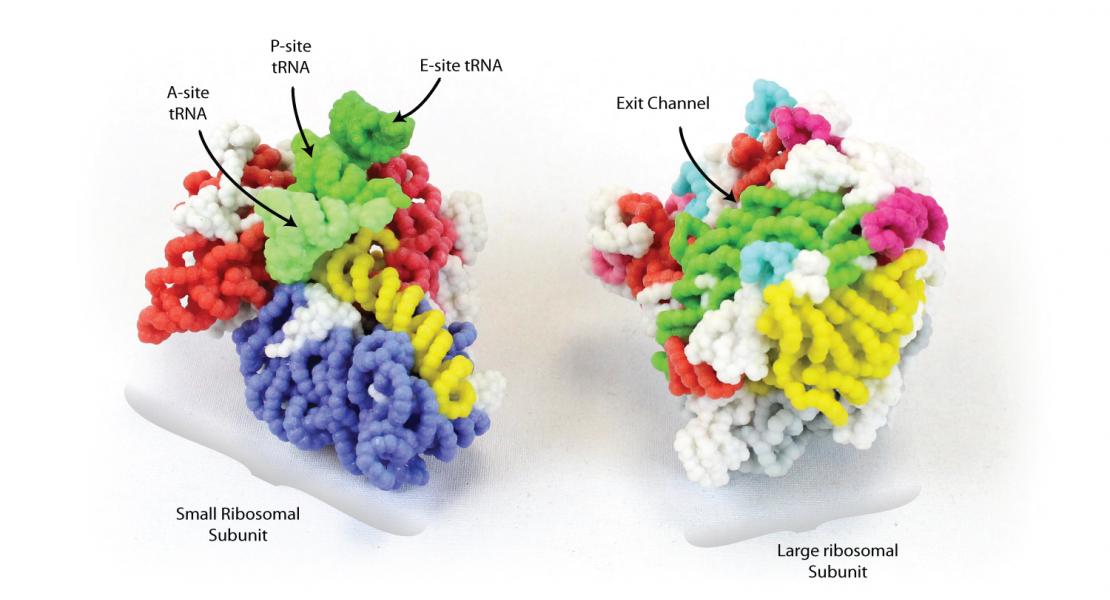RNA-Binding Protein HuD Controls Insulin Translation

Abstract
Although expression of the mammalian RNA-binding protein HuD was considered to be restricted to neurons, we report that HuD is present in pancreatic b cells, where its levels are controlled by the insulin receptor pathway. We found that HuD associated with a 22-nucleotide segment of the 50 untranslated region (UTR) of preproinsulin (Ins2) mRNA. Modulating HuD abundance did not alter Ins2 mRNA levels, but HuD overexpression decreased Ins2 mRNA translation and insulin production, and conversely, HuD silencing enhanced Ins2 mRNA translation and insulin production. Following treatment with glucose, HuD rapidly dissociated from Ins2 mRNA and enabled insulin biosynthesis. Importantly, HuDknockout mice displayed higher insulin levels in pancreatic islets, while HuD-overexpressing mice exhibited lower insulin levels in islets and in plasma. In sum, our results identify HuD as a pivotal regulator of insulin translation in pancreatic b cells.
